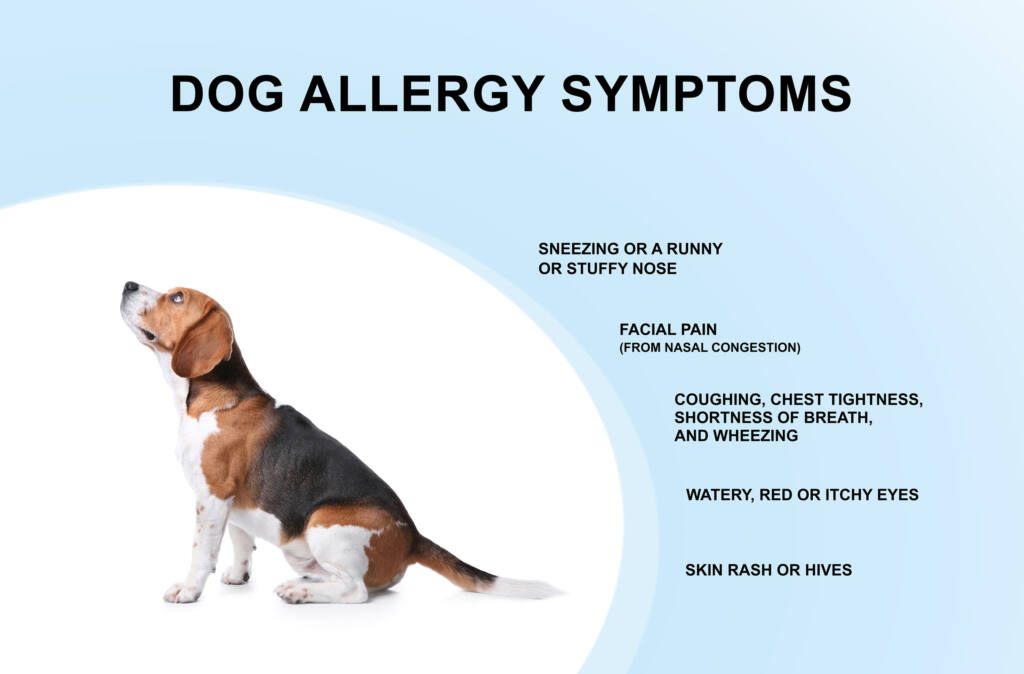
How to Tell If You’re Allergic to Dogs
Discovering you're allergic to dogs can be distressing, but with the right knowledge, you can manage your symptoms effectively. Here's how to determine if you're allergic to dogs and what steps to take next.
1. Recognizing Allergy Symptoms
Allergy
symptoms to dogs can vary widely, from mild to severe. Common signs include sneezing, runny or stuffy nose, itchy or watery eyes, coughing, wheezing, skin rashes, hives, and in severe cases, difficulty breathing.
2. Understanding Allergens
Dog allergies are typically triggered by proteins found in dog saliva, urine, and dander (tiny, dead skin flakes). These allergens can become airborne and settle on surfaces, making it challenging to avoid exposure.
3. Consulting an Allergist
If you suspect you're allergic to dogs, consult an allergist for testing. Skin prick tests or blood tests can confirm specific allergens triggering your symptoms. Your doctor will also review your medical history and symptoms to make an accurate diagnosis.
4. Testing at Home
You can perform a simple at-home test to gauge your reaction to dogs. Spend time with a dog and observe your symptoms. If you experience sneezing, itching, or other allergy symptoms, it's likely you're allergic.
Managing Allergies
If you're diagnosed with a dog allergy but don't want to give up your furry friend, there are steps you can take to manage your symptoms. These include:
-
-
Creating Allergy-Free Zones: Designate certain areas of your home, such as the bedroom, as off-limits to your dog to minimize exposure.
-
Frequent Cleaning: Regularly vacuum carpets, rugs, and upholstery, and use a HEPA air purifier to reduce airborne allergens.
-
Bathing Your Dog: Bathe your dog regularly to reduce dander and allergen buildup on their fur. Use hypoallergenic shampoos recommended by your vet.
-
Grooming Your Dog: Brush your dog outdoors to prevent dander from spreading indoors, and consider professional grooming to keep their coat clean and reduce shedding.
-
Medication: Over-the-counter or prescription antihistamines, nasal sprays, and decongestants can help alleviate allergy symptoms. Allergy shots (immunotherapy) may also be recommended for long-term management.
-
Considering Hypoallergenic Breeds: While no dog breed is entirely hypoallergenic, some breeds are known to produce fewer allergens or shed less, making them more suitable for allergy sufferers. These breeds include poodles, bichon frises, Portuguese water dogs, and some terriers.
-
Seeking Veterinary Advice: If your dog is causing allergic reactions in family members, consult your veterinarian. They can offer advice on managing your dog's shedding and dander and may recommend dietary changes or supplements to improve their skin and coat health.
By understanding the signs of dog allergies and implementing practical strategies to manage them, you can continue to enjoy the companionship of your canine friend while minimizing allergy symptoms. Always consult healthcare professionals for personalized advice and treatment options tailored to your specific needs.



